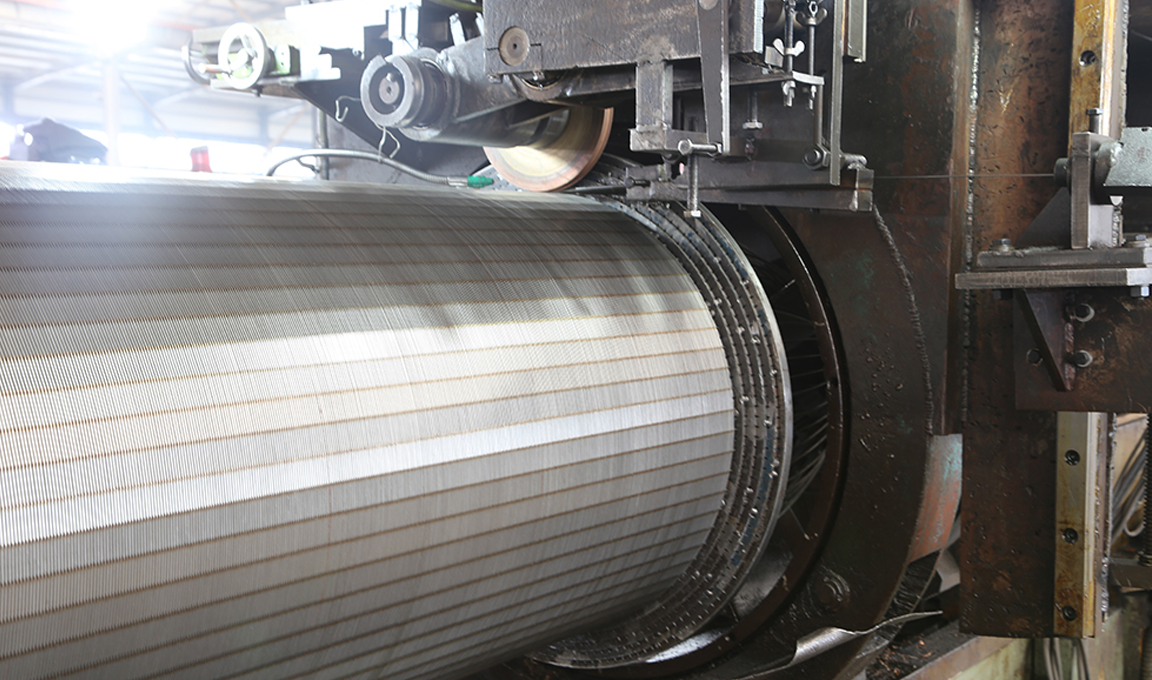The Versatility of Perforated Mild Steel An In-Depth Analysis
Perforated mild steel is attracting attention in various industries due to its unique combination of strength, versatility, and aesthetic appeal. As a material that features a series of holes or slots punched into steel sheets, perforated mild steel lends itself to a multitude of uses ranging from construction and architecture to filters, facades, and even art. This article explores the properties, applications, benefits, and future potential of perforated mild steel.
Properties of Perforated Mild Steel
Mild steel is composed primarily of iron, with a small percentage of carbon—typically between 0.05% and 0.25%. This low carbon content gives mild steel its malleability and ductility, making it easier to work with compared to other forms of steel. When mild steel is perforated, holes are created in the sheet, which can vary in size, shape, and spacing. This process not only reduces the weight of the material but also enhances its aesthetic qualities.
The benefits of perforating mild steel extend beyond aesthetics. The perforations can increase the surface area of the material, which can improve its performance in certain applications, such as filtration and ventilation. Furthermore, the holes can reduce the amount of material needed, leading to potential cost savings in manufacturing and shipping.
Applications of Perforated Mild Steel
The applications of perforated mild steel are vast. One of the most common uses is in architecture and construction. Designers and architects often opt for perforated panels to create striking facades on buildings that provide not only structural integrity but also visual interest. The perforations allow natural light to filter into spaces while maintaining privacy, making them ideal for sunshades or privacy screens.
In industrial settings, perforated mild steel serves crucial functions such as air filtration and noise reduction. It is widely used in manufacturing environments to create custom ductwork and ventilation systems. The perforated design allows for efficient air circulation while trapping dust and other particles, contributing to a cleaner work environment.
perforated mild steel

In addition to architectural and industrial uses, perforated mild steel has applications in the automotive industry, particularly for exhaust systems and grills. Its lightweight nature can help improve fuel efficiency in vehicles while still providing the necessary strength and durability.
Benefits of Using Perforated Mild Steel
The use of perforated mild steel offers several advantages. One of the most significant benefits is its ability to combine functionality with aesthetic appeal. The diverse range of hole patterns and designs means that architects and designers can have a great deal of creative freedom, allowing for unique and custom solutions that stand out.
Moreover, perforated mild steel is cost-effective. Its manufacturing process is generally straightforward, and the reduction in material usage translates to lower costs. Additionally, mild steel is widely available and easy to source, making it a popular choice for projects requiring large quantities of material.
The durability of mild steel is another compelling reason for its widespread use. It is resistant to wear and tear, though it may require surface treatments such as painting or galvanizing to prevent corrosion over time.
Conclusion
In conclusion, perforated mild steel is a material that stands out for its versatility and practicality across a range of industries. Its unique properties make it suitable for various applications, from architectural designs to industrial solutions. As the demand for innovative materials continues to grow, the potential for perforated mild steel appears promising. Whether used in creating striking building facades, improving ventilation systems, or contributing to modern art, perforated mild steel is undoubtedly a material worth exploring further. As industries continue to innovate and call for new materials, perforated mild steel's adaptability may solidify its place in the future of construction and design.
-
The Strength and Versatility of Aluminum Expanded Metal Mesh
NewsJun.10,2025
-
Safety Guards and Machine Enclosures Using Expanded Mesh
NewsJun.10,2025
-
Performance with Round Hole Perforated Mesh in Wall Panels
NewsJun.10,2025
-
How Steel Grating Trench Covers Distribute Weight Efficiently
NewsJun.10,2025
-
How Deck Mesh Railing Enhances Backyard Aesthetics
NewsJun.10,2025
-
Comparing Bar Thickness and Spacing in Steel Grating
NewsJun.10,2025
Subscribe now!
Stay up to date with the latest on Fry Steeland industry news.

